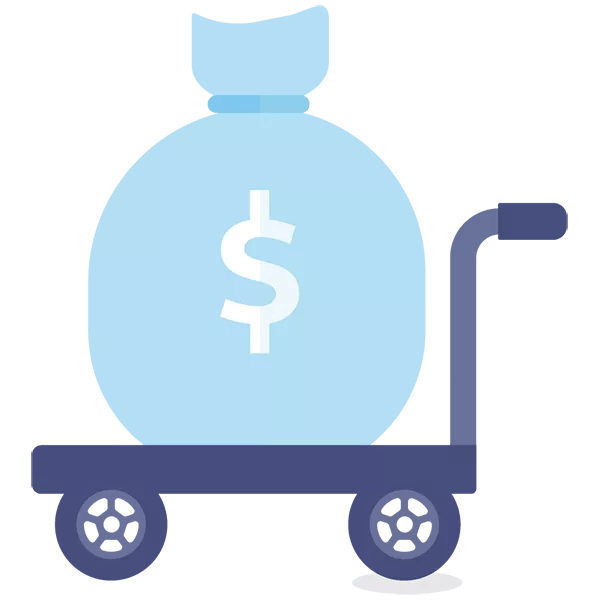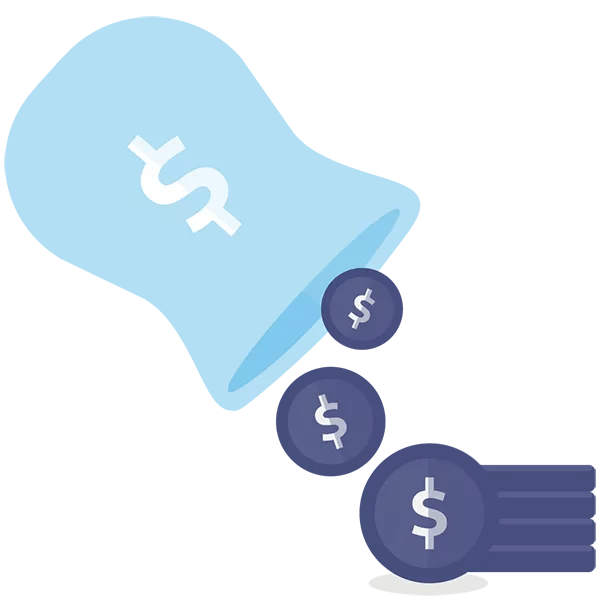Your retirement account is closing soon. You’ll need to decide what’s next.
Review the pros and cons of your options below to help decide what’s best for you. If you do not decide before the deadline, your money will move to the plan’s automatic distribution option and may not align with your goals.
Let us help you decide.
Our registered financial professionals can walk through your retirement goals and provide personalized advice.
Call 800-247-8000, ext. 2529.
This call is complimentary and there is no obligation.
You have 3 options for your account.
Move your savings to an individual retirement account (IRA). Not familiar with IRAs? Here’s a refresher.
This could be a good fit for you if...
But keep in mind…
Move your savings to your current employer’s plan (if one’s available).
This could be a good fit for you if...
But keep in mind…
You can take some or all of your savings as cash.
This could be a good fit for you if...
But keep in mind…
Move your savings to an individual retirement account (IRA). Not familiar with IRAs? Here’s a refresher.
This could be a good fit for you if...
But keep in mind…
Move your savings to your current employer’s plan (if one’s available).
This could be a good fit for you if...
But keep in mind…
You can take some or all of your savings as cash.
This could be a good fit for you if...
But keep in mind…
Why work with Principal?
One of the World's Most Ethical Companies.

Our goal is to explain your options in a way that's easy to understand and relate to your situation—so you feel confident you're making the right decision.


